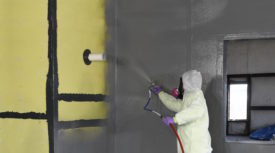Waterproofing
Materials applied to building surfaces to prevent the infiltration of water, including liquid-applied, membrane, and bentonite clay systems.
ARTICLES
A Q&A with PIMA President Justin Koscher
Read More
Increasing Energy Efficiency from the Ground Up with Below-Grade Insulation
A Q&A with PIMA President Justin Koscher
March 12, 2024
EVENTS
Sponsored Webinar Sponsored Webinars BE University
9/26/23 to 9/26/24
Contact: Demi
Pre-Applied/Blindside Waterproofing Best Practices
Sponsored Webinar Sponsored Webinars BE University
10/25/23 to 10/25/24
Contact: Demi
Selecting the Best Blindside Waterproofing System for Your Project
Webinar BE University
2/8/24 to 1/8/25
Contact: Demi
How Instant-Setting Cold Fluid-Applied Waterproofing Systems Solve Problems
Enhance your expertise with unparalleled insights.
Join thousands of building professionals today. Shouldn’t you know what they know?
SUBSCRIBE TODAY!Copyright ©2024. All Rights Reserved BNP Media.
Design, CMS, Hosting & Web Development :: ePublishing
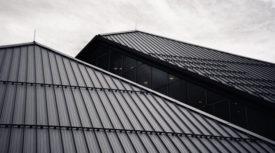

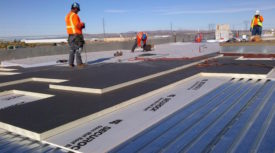
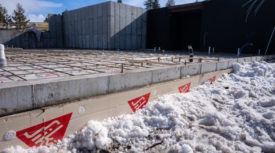
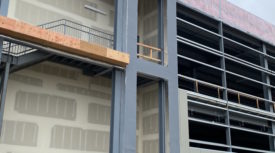
.jpg?height=168&t=1708013838&width=275)

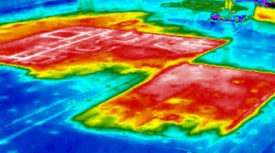
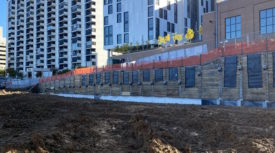
.jpg?height=168&t=1705589181&width=275)
